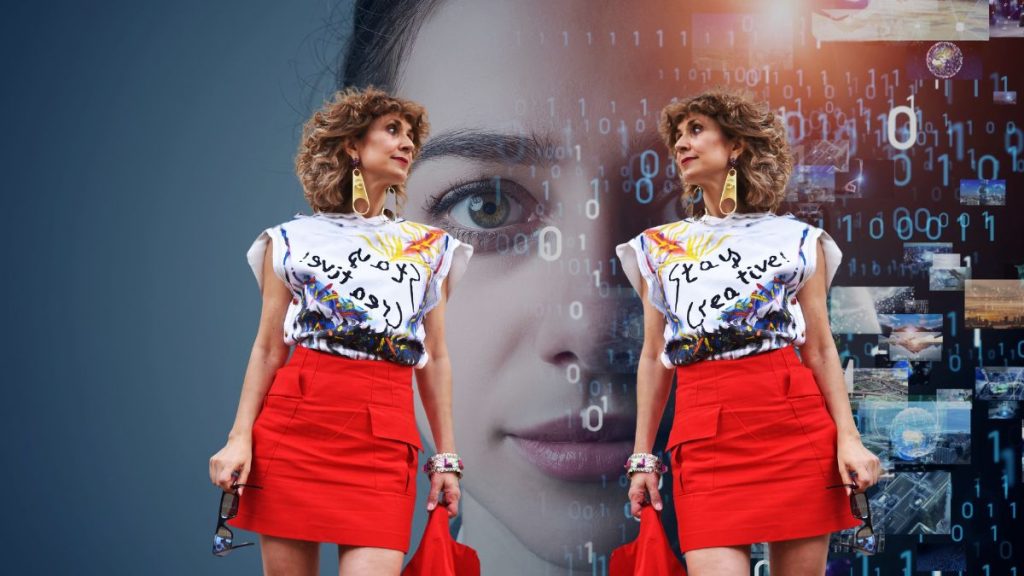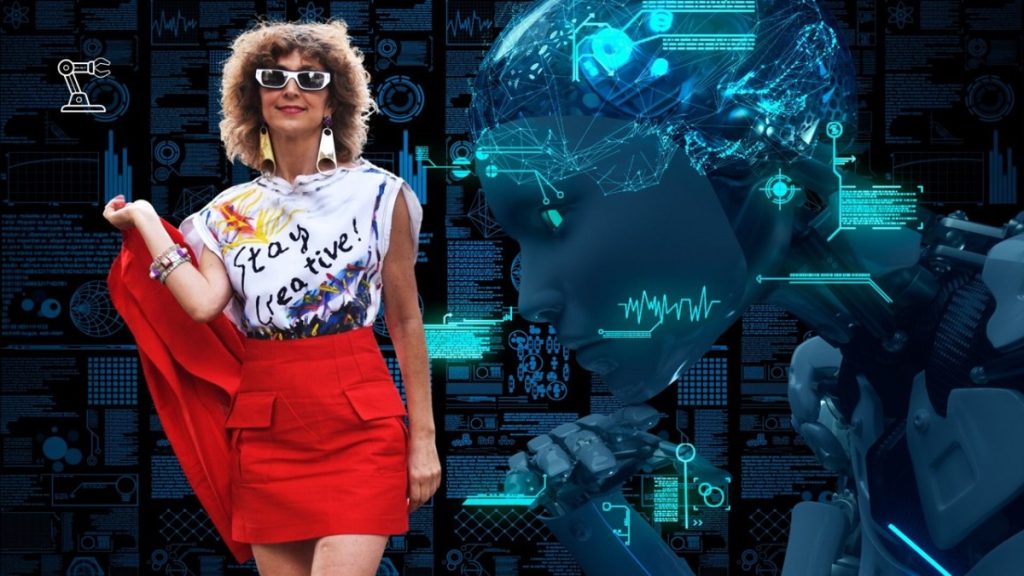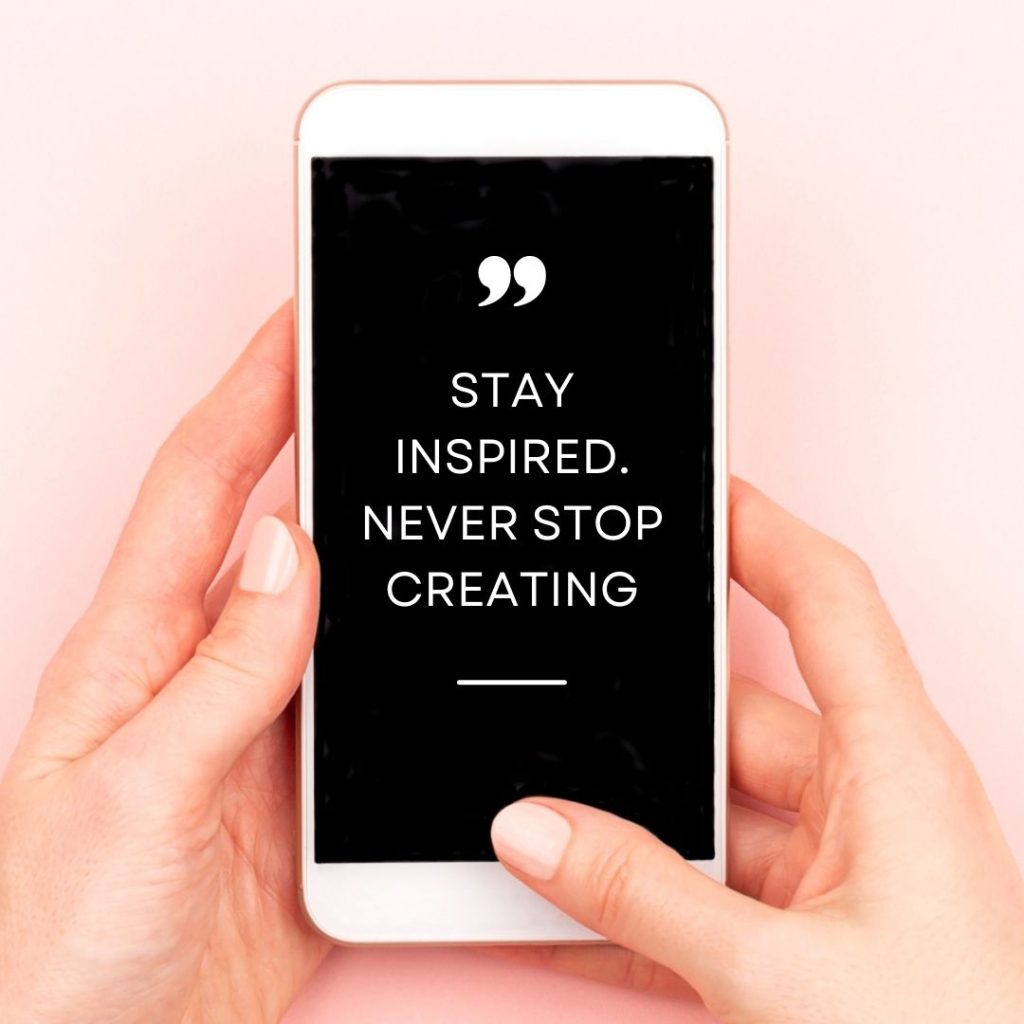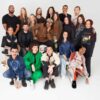ChatGPT in the Fashion Industry, stop and think now: Afterthought, Which are the Top news about The Art of Digital Creativity today?
From fashion designers to digital art development, it’s evident that Chat GPT in the Fashion Industry is a new age of art: An AI-powered language model which blends the art of conversation with cutting-edge technology. However, digital art is currently one of the most influential sources of inspiration for many creators in fashion. Likewise, ChatGPT has revolutionized how we interact with technology, a new way for fashion creatives to move forward.

♦Who made ChatGPT? How it works?
However, ChatGPT is the brainchild of OpenAI. A leading artificial intelligence research organization that has made remarkable strides in advancing natural language processing. Their innovative algorithms and massive datasets have enabled ChatGPT to generate human-like responses, providing a unique and immersive conversational experience.
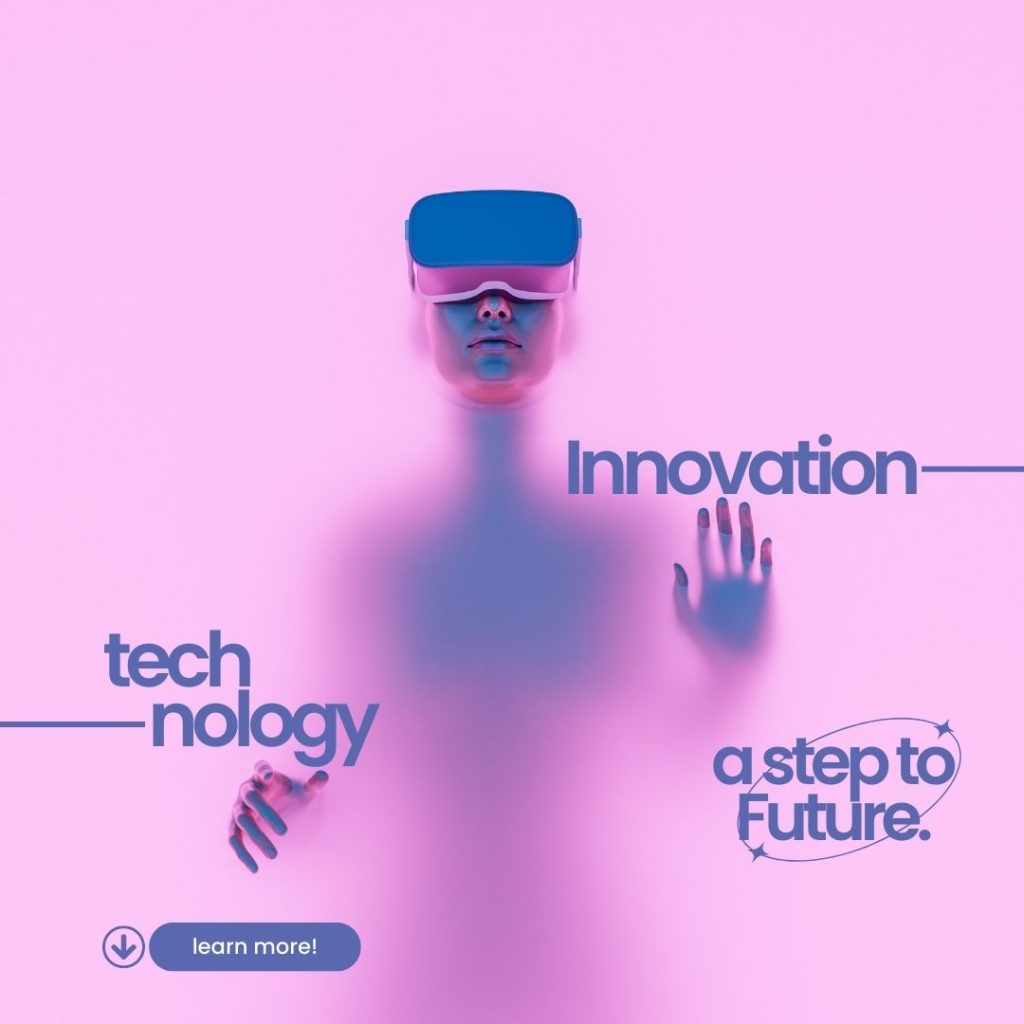
In the fast-paced world of fashion, where trends change in the blink of an eye, ChatGPT has become an invaluable tool for fashion professionals and enthusiasts alike. Its ability to analyze vast amounts of data and generate accurate predictions has made it a go-to resource for trend forecasting. Whether it’s about identifying emerging styles, predicting colour palettes, or understanding consumer preferences, ChatGPT empowers fashion designers, stylists, and brands to stay ahead of the curve.

What fashion brands are using ChatGPT today? Still, stop and think out of the Box: A new approach now to Fashion Industry Creativity.
The interface between ChatGPT and Fashion is fascinating. Concerning brands, many international fashion powerhouses have recognized the potential of AI in the industry. Leading brands like ASOS, Nike, Zara and H&M have integrated AI into personalized recommendations, inventory management, and customer service.When it comes to the fashion industry, digital art has the potential to be a game-changer.
Moreover, with digital design tools and 3D modelling software, fashion designers can bring their visions to life with greater precision and efficiency. Digital art allows for rapid prototyping, virtual fashion shows, and interactive presentations that engage consumers on a whole new level.
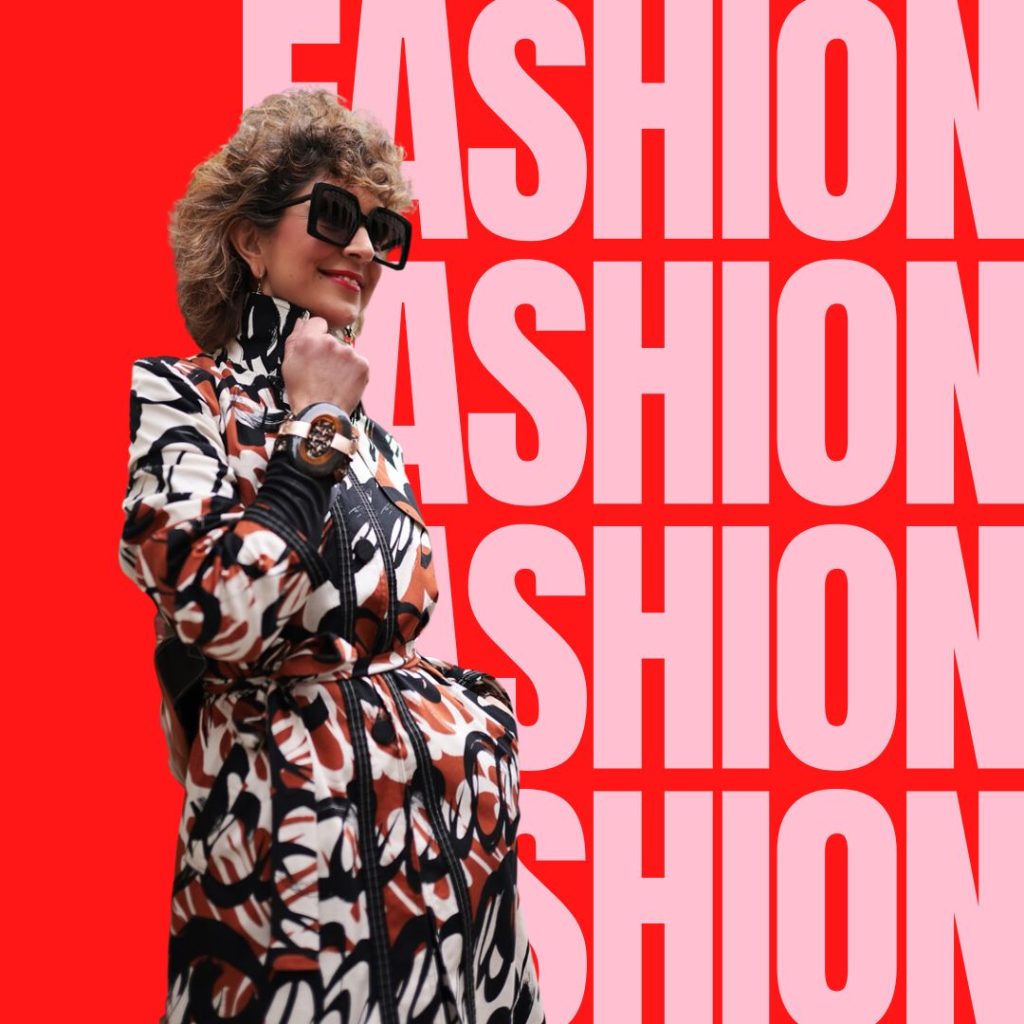
♦ZARA
For instance, by training the model with customer data, Zara can understand each customer’s preferences and generate recommendations accordingly. Likewise, every shopping experience is tailored to the individual customer, making them feel valued and appreciated.
♦H&M
H&M can now train the model with data on product features and customer reviews, resulting in more detailed and informative product descriptions. On the other hand, customers can now make more informed decisions and feel confident in their purchases.
With ChatGPT, H&M can also deliver personalized recommendations to customers according to their interests and preferences.
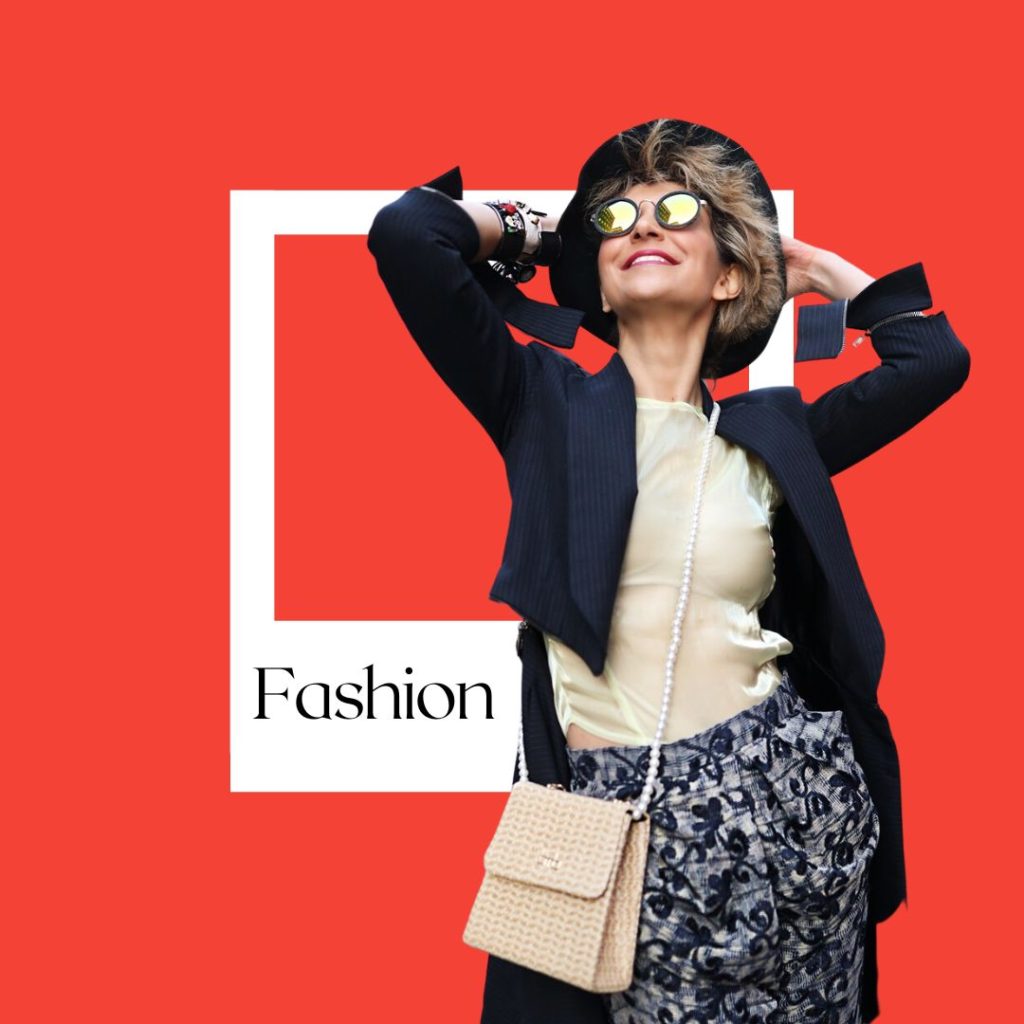
In sort, every shopper has options that resonate with them.The integration of ChatGPT in the fashion industry is a game-changer, and H&M is leading the way in adopting this innovative technology. It’s an exciting time for fashion lovers, as this move promises to revolutionize shopping experience.
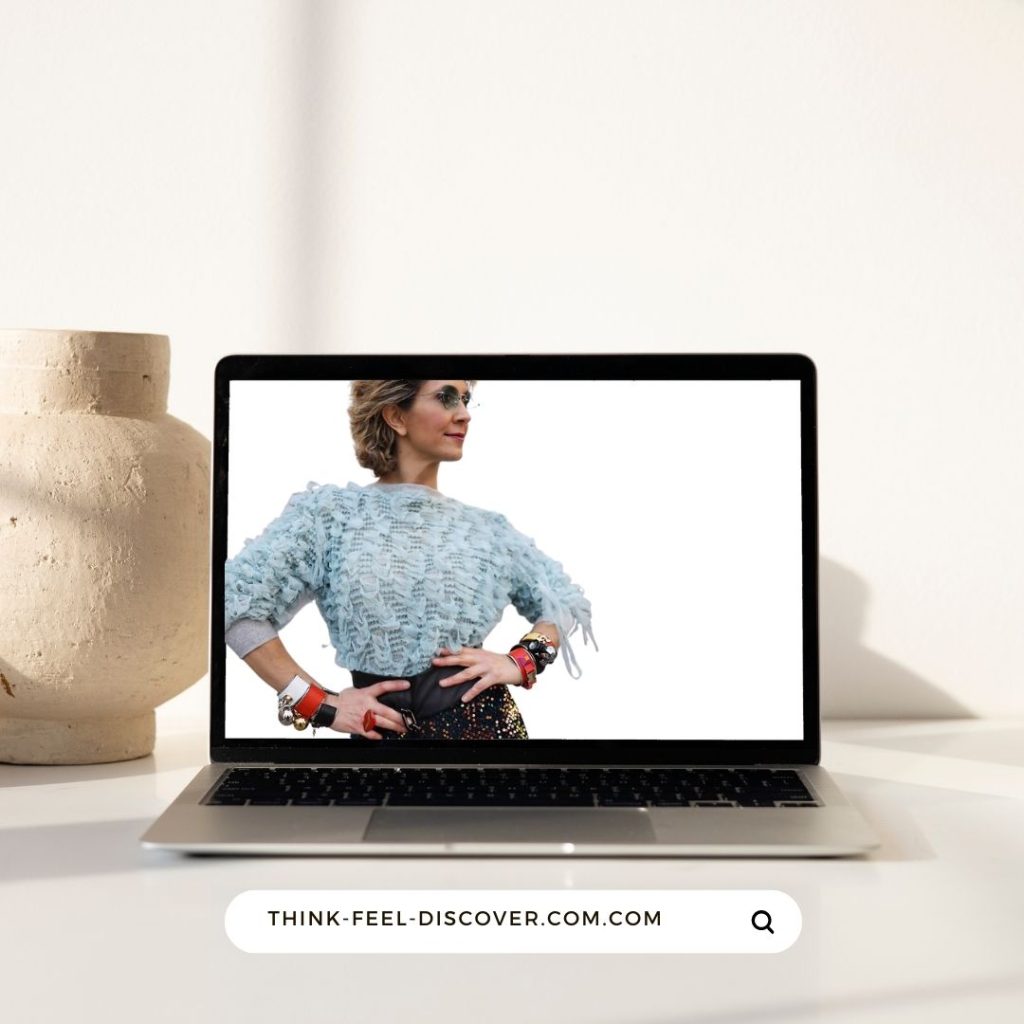
♦ChatGPT and Traditional Art.
However, the difference between art and traditional art lies in the medium and the tools used for creation. That is to say, Traditional art involves physical materials like paint, canvas, and sculptures, while art in the digital realm relies on software, pixels, and screens. Moreover, The beauty of digital art lies in its versatility and the endless possibilities it offers. Artists can experiment with colours, textures, and forms in an unlimited mixture of creativity that artists could never imagine before.
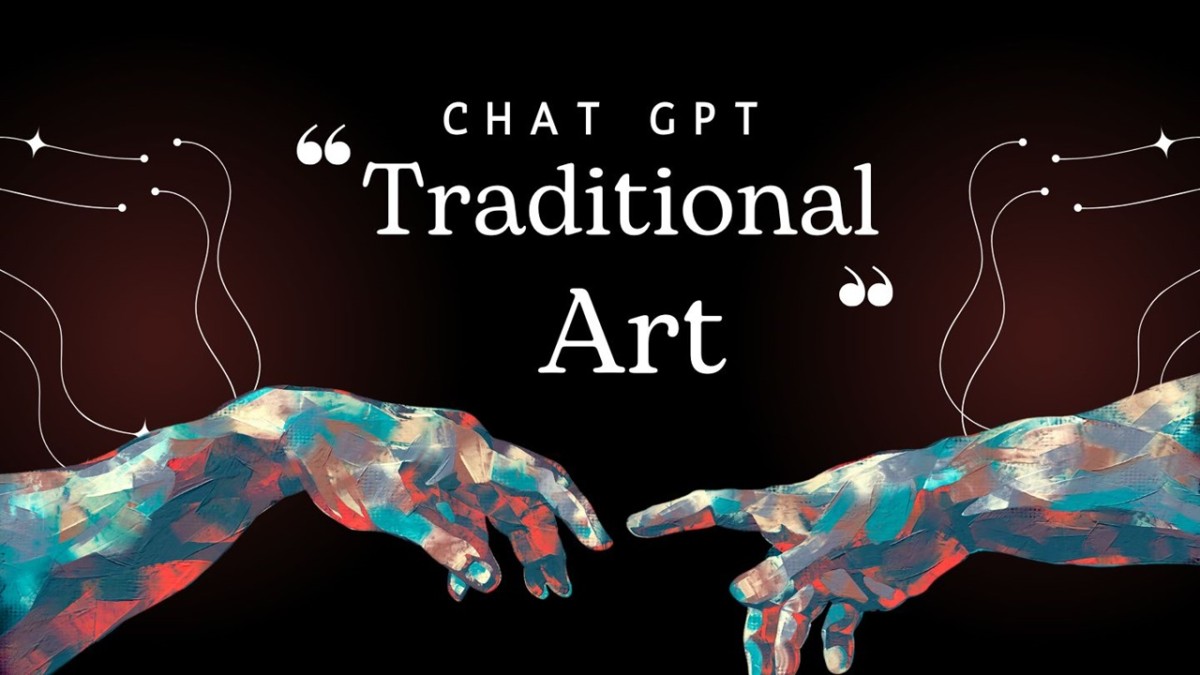
On the other hand, Traditional art enthusiasts may initially be sceptical of digital art, but embracing it can be a transformative experience. Digital art enforces self-expression, encourages collaboration, and enables artists to reach wider audiences. In short, It is not a replacement for traditional art but rather an evolution, coexisting in a realm where technology and creativity intertwine.
♦How to use ChatGPT for product development?
ChatGPT offers a range of tools and capabilities that can benefit fashion creatives in their work. Let’s discover some specific ways ChatGPT can empower the fashion industry:
♦Trend Forecasting! ChatGPT can analyze vast amounts of fashion data, including social media trends, runway shows, and consumer preferences, to provide accurate predictions about upcoming trends. This information helps fashion designers and stylists stay ahead of the curve and create designs that resonate with the current market.
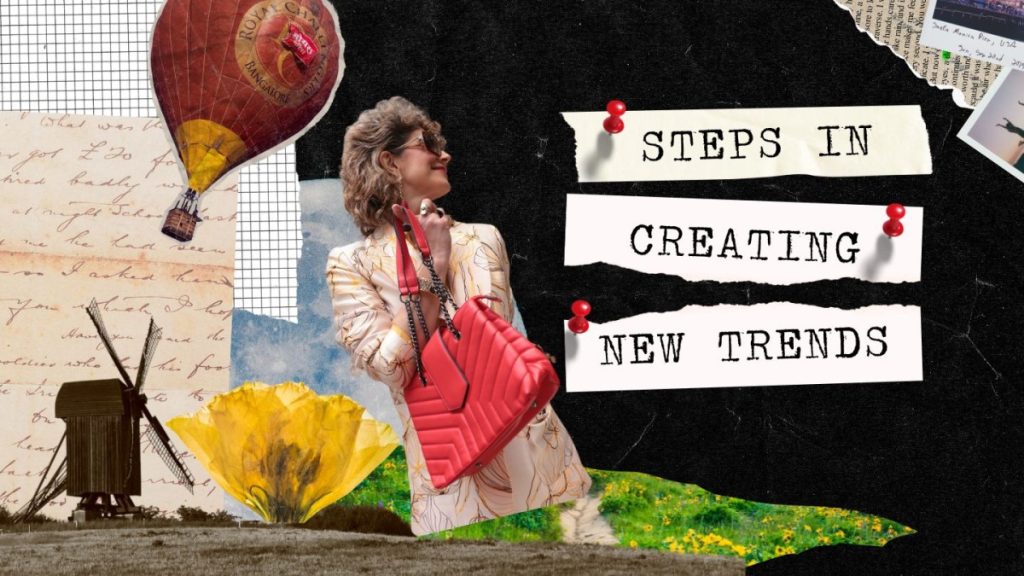
♦Meet someone’s individual requirements! Through individual consumer requirements, ChatGPT can assist fashion brands in offering personal product recommendations. Likewise, ChatGPT enhances the shopping experience, increases customer satisfaction, and boosts sales.
♦Endless source of Design Inspiration. ChatGPT can collaborate with fashion creatives by generating ideas, suggesting unique colour combinations, or providing design inspiration based on specific themes or moods. However, It acts as a virtual assistant, aiding designers in overcoming creative blocks and fostering innovation. In my eyes, creativity will be more important than technical know-how in the future. 3D artists will interact increasingly with digital art.
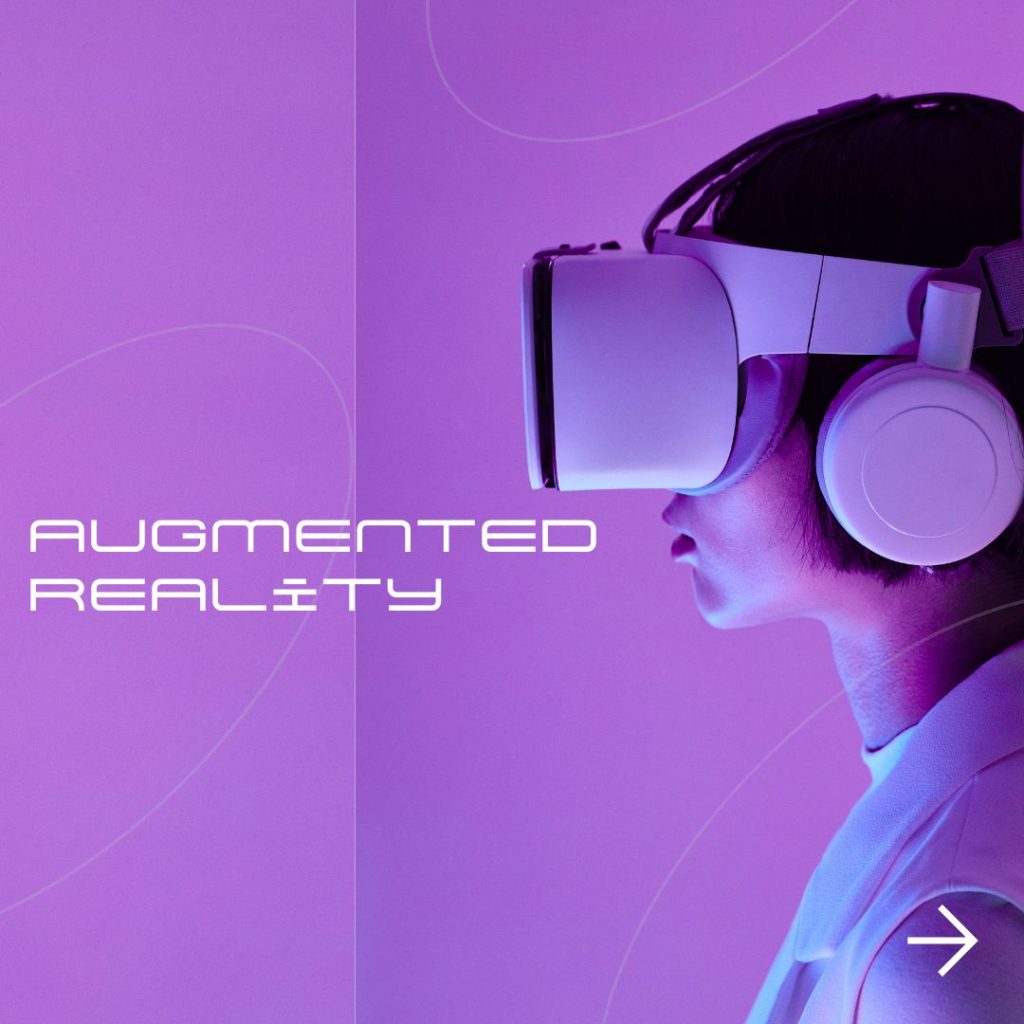
♦Virtual Styling! ChatGPT can assist in virtual styling and prototyping through conversation. Fashion professionals can describe their ideas or upload sketches, and ChatGPT can generate virtual representations, allowing designers to visualize their concepts before investing time and resources.
♦Content Creation! ChatGPT can assist in generating engaging and compelling fashion-related content. Whether it’s writing blog posts, social media captions, or product descriptions, ChatGPT can offer suggestions and help fashion brands communicate their brand identity effectively.
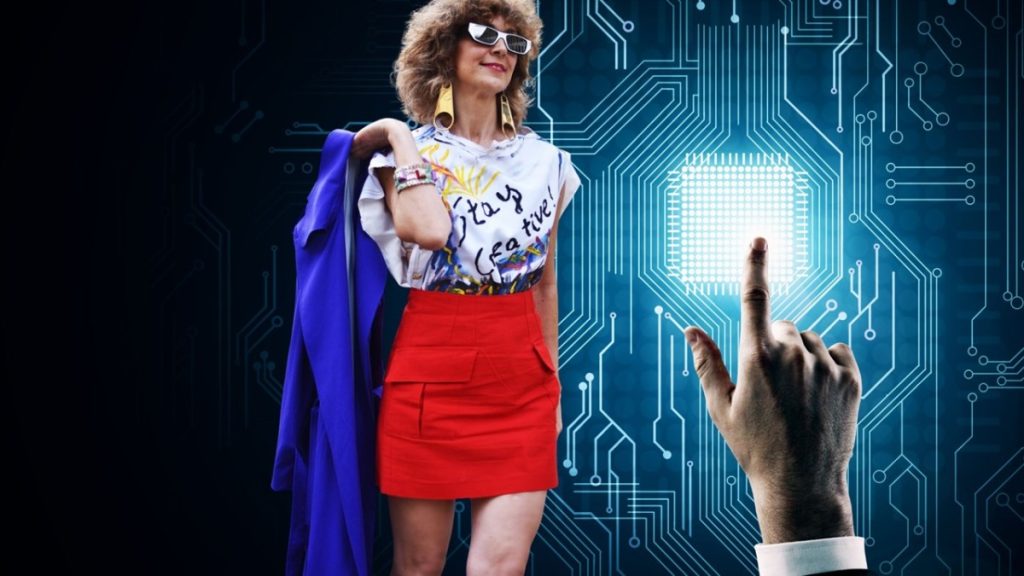
♦Consumer Insights! ChatGPT can provide valuable insights into consumer behaviour, preferences, and purchasing patterns. This information is an important data source for fashion brands to refine their marketing strategies, optimize product offerings, and better understand their target audience.
♦Language Translation: In the global fashion industry, communication across language barriers is essential. ChatGPT’s language translation capabilities enable seamless communication with international stakeholders, suppliers, and customers, facilitating collaboration and expanding reach.


